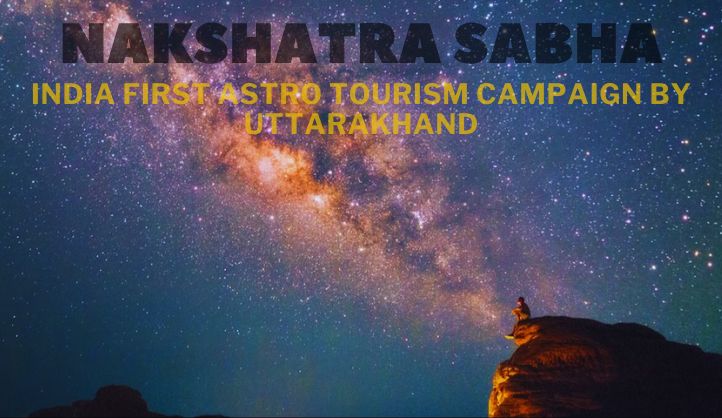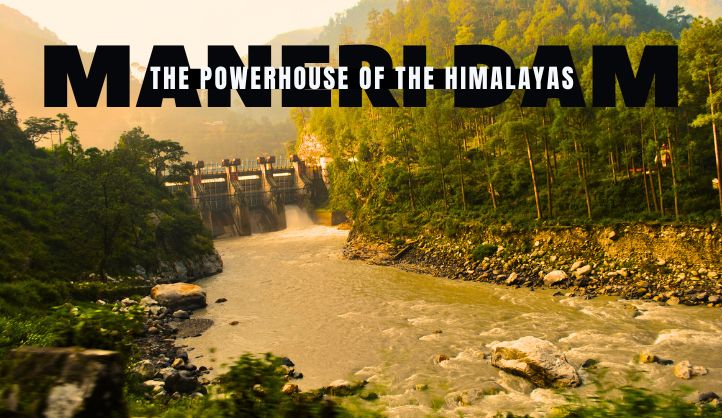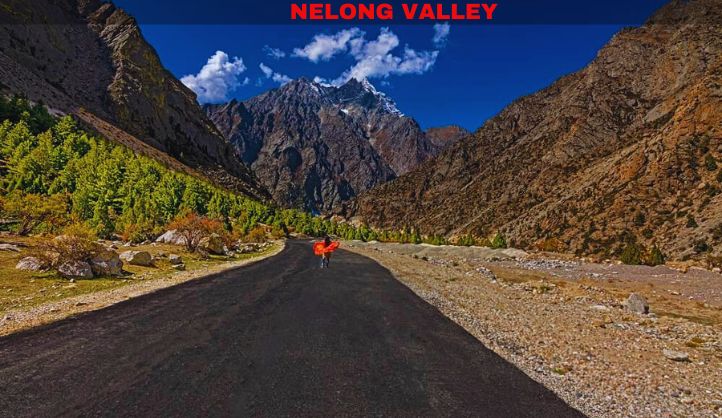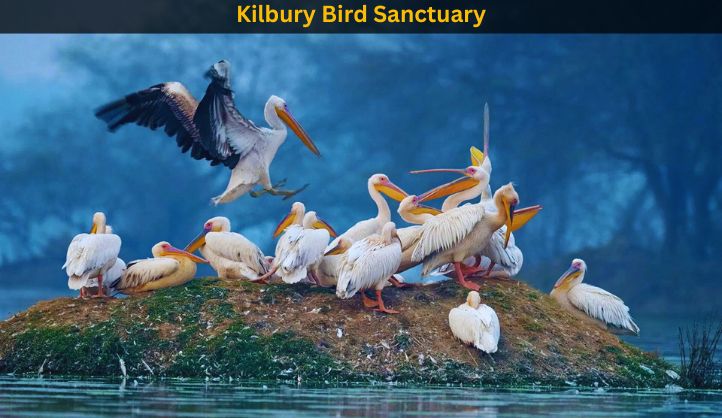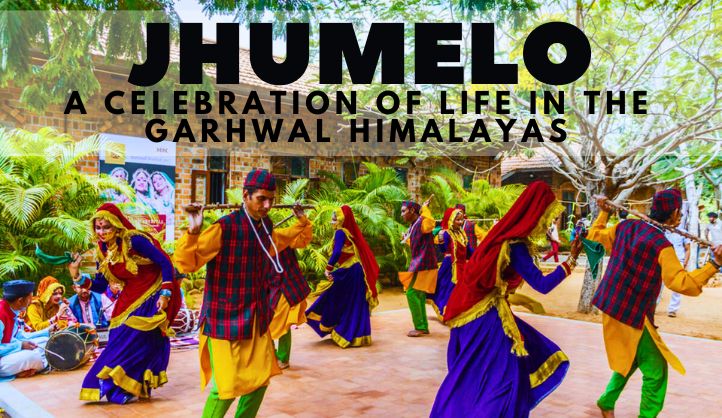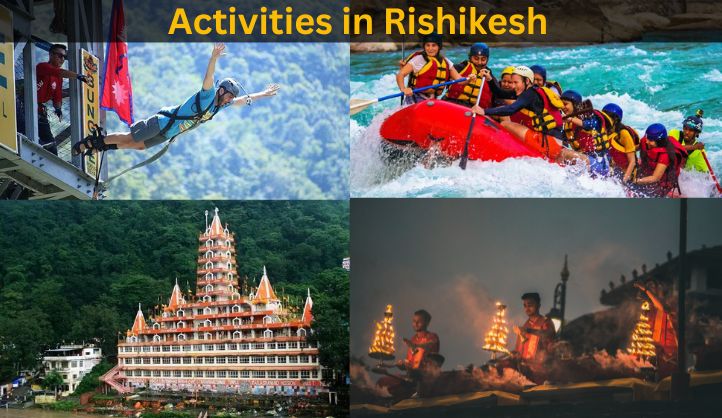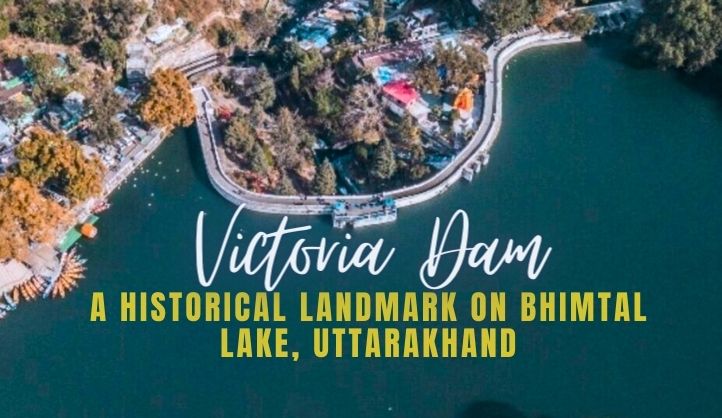Ever dreamed of sleeping under a million stars? Well, get ready to make that dream a reality! Uttarakhand, a beautiful state nestled in the Himalayas, is launching India’s first-ever astro-tourism program called Nakshatra Sabha, which means “Celestial Assembly” in Hindi.
What is Nakshatra Sabha?
Nakshatra Sabha, meaning “Celestial Assembly” in Hindi, is a pioneering initiative launched by the Uttarakhand Tourism Development Board in collaboration with Starscapes, an astro-tourism company. It’s India’s first-ever dedicated astro-tourism program, aiming to transform Uttarakhand into a premier destination for astronomy enthusiasts and curious travelers.
Duration and location of the first Nakshatra Sabha – 3 Days / 2 Night Event (George Everest Peak, Mussoorie)
Program Duration – The program is expected to run for a year, commencing in June 2024 and continuing until mid-2025.
Locations – Events will be held across various picturesque locations in Uttarakhand, including:
- Mussoorie
- Uttarkashi
- Pithoragarh
- Nainital
- Chamoli
What can you do at Nakshatra Sabha?
See the Stars Up Close
Experienced guides will help you spot constellations, planets, and other cool stuff in the night sky. It’ll be like having your own personal astronomer!
Capture the Cosmos
If you love photography, there will be competitions to see who can take the most amazing pictures of the stars. You might even win a prize!
Learn from the Experts
Scientists and astronomers will be giving talks about space exploration and the universe. It’s a great way to learn something new and exciting.
Sun Shows
Get a glimpse of the sun with special telescopes! They’ll be perfect for catching all the action during peak solar activity.
Camp Under the Stars
Imagine falling asleep listening to crickets chirp and gazing at the Milky Way. Nakshatra Sabha will offer camping trips so you can fully connect with the night sky.
When and Where will Nakshatra Sabha Happen?
The program kicks off in June 2024 at the famous George Everest point in Mussoorie. Nakshatra Sabha is expected to run for a year, with events happening at various locations across Uttarakhand until mid-2025. This gives you plenty of time to plan your cosmic adventure!
Keep an eye on the official Uttarakhand Tourism website and social media pages for confirmed locations and specific event dates as we get closer to June 2024.
Ticket and Camping Packages
While official details haven’t been released yet, based on the information you found, here’s a possible scenario for Nakshatra Sabha ticketing and camping packages:
Event Access Ticket (Rs. 799)
This might be the basic option granting entry to the Nakshatra Sabha event itself. It likely wouldn’t include meals or accommodation.
Meal Package Ticket (Rs. 2299)
This could be a more comprehensive option including:
- Event access
- Meals throughout the program duration (details on meal plans are unknown)
Premium Package (Rs. 8500 for Two People)
This seems to be a premium option for couples or two participants, potentially including:
- Event access
- Accommodation in a comfortable tent or basic cabin near the event location
- All meals throughout the program (potentially with more variety or higher quality compared to lower tiers)
- Exclusive activities or experiences not offered in other tiers (details unknown)
SHE Policy for Camping by Nakshatra Sabha
These SHE policies (safety, health, environment) demonstrate Nakshatra Sabha’s commitment to providing a safe and enjoyable camping experience for participants while also prioritizing the well-being of the environment.
Safety
- Preparedness: Nakshatra Sabha has plans for emergencies, trained first-aid staff, and fire safety protocols.
- Campsite Safety: Equipment is inspected, children are supervised near potential hazards, and only designated areas allow campfires.
Health
- Sanitation: Proper restrooms and waste disposal are provided, and campers are encouraged to practice good hygiene.
- Water and Food Safety: Potable water sources are available, and guidelines are provided for safe food handling.
Environment
- Leave No Trace: The policy emphasizes minimizing environmental impact by packing out trash, respecting wildlife, and using resources responsibly.
- Conservation: Water and firewood use is encouraged to be mindful, and wildlife interaction protocols are outlined to protect animals.
- Trail Preservation: Campers are encouraged to use designated trails to minimize damage to the natural landscape.
Detailed Itinerary
Day 1 – May 31st
- Check-in for guests staying at the venue starts at 1 pm.
- Brief introduction and tour for media and delegates at 4 pm.
- Tea and biscuits at 6 pm.
- Celestial Observation: A curtain raiser from 7 pm to 9 pm.
- Dinner at 9 pm.
- Self-exploration activities including VR & 3D Shows, Direction Finding, Height Finding, Selfie Zone, and Self Learning Wall.
Day 2 – June 1st
- Breakfast at 8 am.
- Inauguration by the Chief Guest at 9:30 am.
- Talk by the Chief Guest or other dignitaries at 9:30 am.
- Sun Observation through solar goggles, indirect method, direct observation, and through H-Alpha Filter from 10:30 am to 12 pm.
- Lunch at 1 pm.
- George Everest Museum Tour at 2 pm.
- Geology Session by Expert at 3 pm.
- Panel discussion on Dark Sky Conversation at 4 pm.
- Snacks at 5 pm.
- Astrophotography Introduction and competition terms at 6 pm.
- Celestial Show and Clicking Astrophotos from 7 pm to 9 pm.
- Dinner at 9 pm.
Day 3 – June 2nd
- Early Celestial Sky Observation: Planetary Parade at 3 am.
- Sleep and rest from 4 am to 8 am.
- Breakfast at 9 am.
- Free roam and other activities from 9 am to 10:30 am.
- Rocketry Session at 10:30 am.
- Astrophotography Winner Rewards at 11:30 am.
- Participation Certificate distribution at 12 pm.
- Check out for participants at 1 pm.
How can you be a part of Nakshatra Sabha?
While the official registration for Nakshatra Sabha events hasn’t started yet, here’s what you can do to be prepared for participation
Stay Informed
- Uttarakhand Tourism Website: Keep an eye on the official Uttarakhand Tourism website for the latest updates on Nakshatra Sabha. They will likely announce registration details, specific event locations, and confirmed dates closer to the launch in June 2024.
- Social Media: Follow the Uttarakhand Tourism Board on social media platforms like Facebook, Twitter, and Instagram. They will likely share updates and announcements about Nakshatra Sabha events through these channels as well.
Plan Your Trip
- Event Dates and Locations: Once the official announcements are made, you can choose an event that aligns with your travel dates and interests. Some events may focus on specific aspects like astrophotography, while others may offer general stargazing sessions.
- Accommodation: Uttarakhand is a popular tourist destination, so booking your accommodation in advance, especially during peak season, is recommended. Look for hotels or guesthouses near the confirmed event locations.
Prepare for the Outdoors
- Weather: Uttarakhand has a cool climate, so pack warm clothes for the evenings and comfortable shoes for potentially uneven terrain during outdoor activities.
- Sun Protection: Don’t forget to pack a hat and sunscreen, especially if some of the events involve daytime activities.
Registration
- Online Platform: Once registration opens, you’ll likely be able to register for events through an online platform linked on the Uttarakhand Tourism website. This might involve filling out a form and potentially paying a registration fee.
- Updates: Keep checking the official channels for information on registration procedures and any specific requirements for participating in particular events.
Additional Tips
- Consider your interests: Choose an event that aligns with your level of astronomy knowledge and interests. Some events might be beginner-friendly, while others may delve deeper into specific topics.
- Travel Gear: Depending on the event location, you might want to consider packing binoculars, a headlamp (red light is ideal for preserving night vision), or a camera for capturing celestial wonders (if astrophotography is not the main focus).
Who Should Attend?
Nakshatra Sabha is designed to cater to a wide range of people with varying interests in astronomy and travel. Here’s a breakdown of who might find it particularly appealing:
Astronomy Enthusiasts
- Seasoned Stargazers: If you’re already passionate about astronomy, Nakshatra Sabha offers a chance to deepen your knowledge. Guided sessions with experienced astronomers will help you identify celestial objects and learn about the latest discoveries.
- Astrophotography Lovers: Aspiring and experienced astrophotographers can participate in workshops and competitions, learning advanced techniques for capturing stunning images of the night sky.
Curious Travelers
- Adventure Seekers: Nakshatra Sabha offers a unique blend of adventure and learning. You’ll experience the thrill of stargazing under pristine skies, combined with the breathtaking beauty of Uttarakhand’s landscapes.
- Nature Lovers: Even if you’re not a hardcore astronomy buff, Nakshatra Sabha allows you to appreciate the natural wonder of the night sky. Imagine falling asleep under a blanket of stars in a serene mountain setting!
- Family Outings: Nakshatra Sabha events can be a fantastic educational experience for families with children. It’s a chance to spark their curiosity about the universe and ignite a lifelong fascination with space.
Anyone With a Curious Mind
Ultimately, Nakshatra Sabha welcomes anyone with a curious spirit and a desire to learn more about the cosmos. Whether you’re a lifelong learner, a casual observer, or simply someone looking for a unique travel experience, this program offers an opportunity to connect with the wonders of the night sky in a truly unforgettable way.
Purpose of Nakshatra Sabha
-
Promote Astro-Tourism in India: Nakshatra Sabha is a pioneering initiative to establish Uttarakhand as a premier destination for astronomy-based tourism in India. It aims to attract visitors interested in exploring the universe and experiencing the beauty of the night sky.
-
Educate and Engage the Public in Astronomy: The program offers a range of activities designed to educate and engage the public in astronomy. Guided stargazing sessions, talks by experts, and workshops all contribute to sparking curiosity and fostering a deeper understanding of the cosmos.
-
Empower Local Communities: Nakshatra Sabha goes beyond tourism. It includes training programs for local residents, equipping them with the skills to become future astro-tourism guides and entrepreneurs. This fosters economic growth and empowers local communities to reap the benefits of astro-tourism.
-
Preserve Pristine Night Skies: The program actively promotes responsible tourism practices to minimize light pollution and protect Uttarakhand’s pristine night skies. This ensures a sustainable future for astro-tourism and preserves the natural beauty of the night sky for generations to come.
-
Showcase the Beauty of Uttarakhand: Nakshatra Sabha events are held in various picturesque locations across Uttarakhand. This allows visitors to experience the wonders of the cosmos amidst stunning Himalayan landscapes, promoting the state’s natural beauty and diverse tourism offerings.
In essence, Nakshatra Sabha aims to create a win-win situation for all stakeholders. It promotes astro-tourism in India, educates the public about astronomy, empowers local communities, and showcases the beauty of Uttarakhand, all while ensuring sustainable practices for the future.
Conclusion
Nakshatra Sabha stands as a testament to the timeless allure of Uttarakhand, where spirituality and science converge amidst the breathtaking beauty of the Himalayas. As we journey through this sacred landscape, we are reminded of the interconnectedness of all things and the eternal dance of the cosmos. Whether seeking enlightenment, adventure, or simply solace in nature’s embrace, Uttarakhand beckons with open arms, inviting us to discover the magic that lies within its mountains, rivers, and stars.

